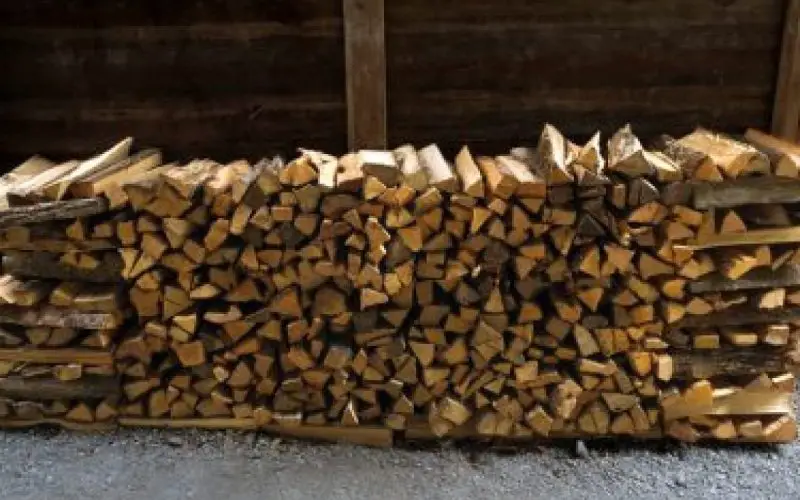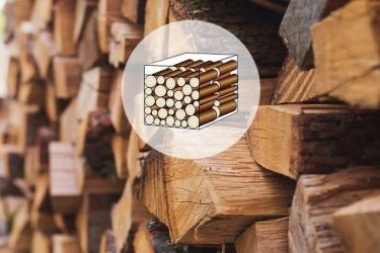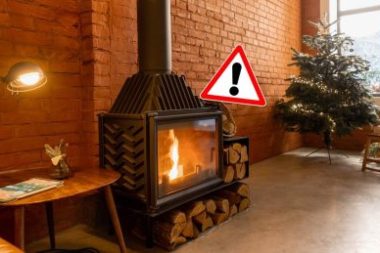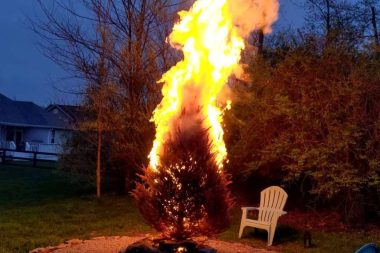When heating your home with wood, you see your stock decrease day by day. Therefore, a question arises: did I estimate my firewood consumption correctly?
Table of Contents
An estimation of consumption that is difficult to establish
When the main source of heating for your home is wood, it is essential to anticipate your consumption. Indeed, running out of firewood in the middle of winter can be very expensive.
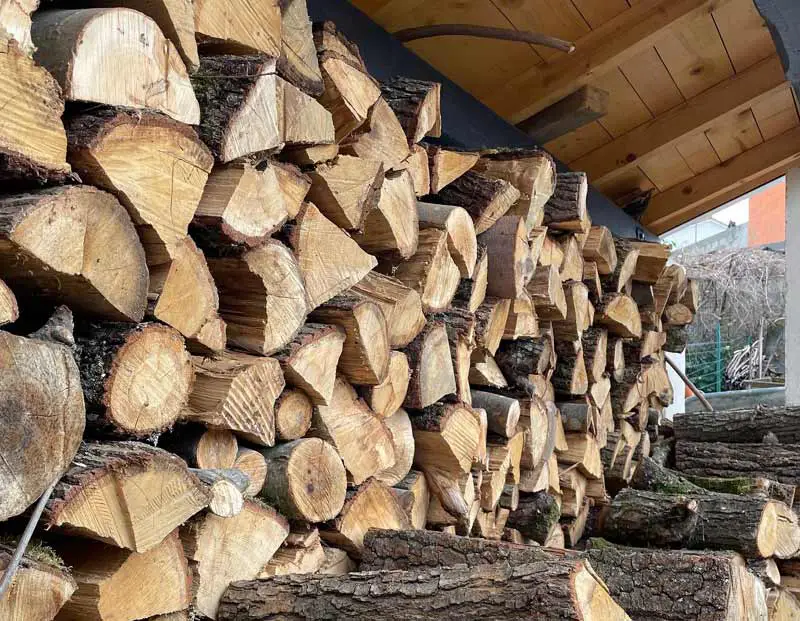
Firewood purchased in a hurry in January or February will inevitably be more expensive than wood bought in the spring or summer.
However, estimating your firewood consumption can be difficult due to the essential role of weather conditions. You never really know in advance if the winter will be cold, windy, snowy… if there will be many frosty days or not.
In short, these climatic factors have a direct impact on wood consumption. Nevertheless, estimates can be made based on different criteria to have a peaceful winter by the fireside…
Stocking wood based on the size of your home
To ensure that you have the right amount of firewood in winter, all you need to do is estimate your consumption based on the size of your home. And even though these figures are approximate, they seem reliable.
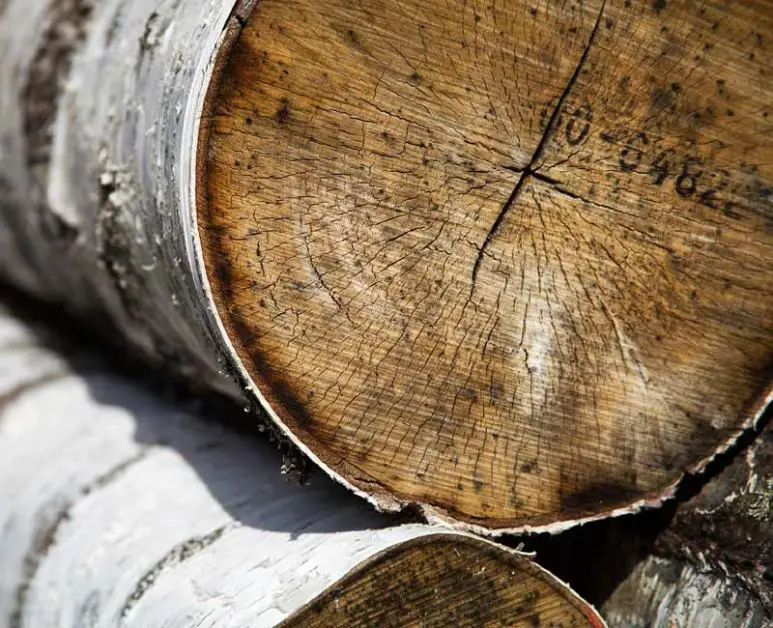
Keep in mind that they vary depending on the region where you live. Obviously, a 90 m² house located in the south of France will be less energy-consuming than the same house built in the Massif Central mountain range!
Overall, it is estimated that in a moderately insulated house of 100 m², wood consumption ranges from 5 to 8 stères per winter.
For the same 100 m² house, but well insulated according to RT2005 and RT2012 standards, consumption drops to 3 or 5 stères. In a region with moderately cold winters and for a house heated to around 20 °C.
Other factors to consider
In addition to the size of your home, other criteria are important. Starting with your heating method and its efficiency.
Thus, an open fireplace has a low efficiency of around 20%, while the efficiency of the same fireplace with an insert can reach 60 to 80% depending on the age of the fireplace.
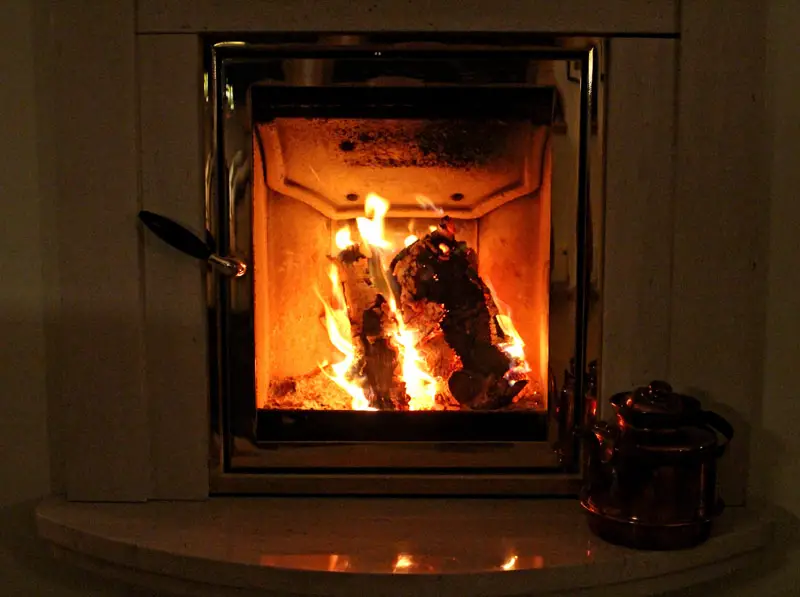
As for a wood-burning stove, its efficiency is roughly equivalent to that of a closed fireplace. Once again, the age of the appliance is important because significant progress has been made in this area.
A second parameter is important: the quality and type of your wood.
For example, if your stock of logs consists of hardwood species such as oak, ash, beech… you will have better efficiency because these woods are denser.
On the other hand, a stock of firewood composed of softwood species or conifers has significantly lower efficiency. And your wood reserve will diminish much faster.
Finally, it is also important to remember that firewood stored in good conditions, protected from moisture and in a well-ventilated and elevated place, will be of much better quality.
